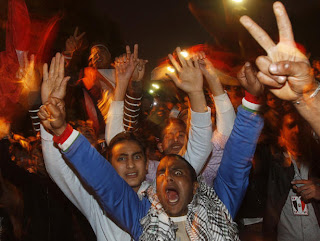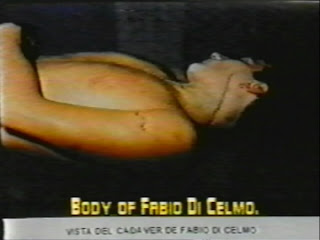A MILESTONE IN THE STRUGGLE FOR OUR DEFINITE INDEPENDENCE
The Independence War that had begun on October 10, 1868 when Carlos Manuel de Céspedes freed his slaves and started the fight to end the Spanish colonial rule in Cuba, continued on February 24 of 1895, under the direction of José Martí, patriot, poet and writer, who is considered by all the Cubans as the National Hero.
Martí gave the order of beginning the revolution on that date, and it began simultaneously in four places of the Oriente of Cuba - in Bayate, under Bartolomé Masó; in Ibarra, under Juan Gualberto Gómez and Antonio López Coloma; in Baire, with the siblings Saturnino and Mariano Lora; and in Guantánamo, with Periquito Pérez, Emilio Giró and others. The date of February 24 is commemorated in Cuba as a national celebration under the name of "Grito de Baire."
Unfortunately, Martí, who had decided to take an active part in the fight, was killed on May 19 of 1895 in Dos Ríos in the Oriente of Cuba, when their group was surprised by a column of Spanish soldiers at Colonel Jiménez de Sandoval's command.
On September 13, 1895 an Assembly formed by delegates of the five squads that formed the Liberator Army met in Jimaguayú and chose Salvador Cisneros Betancourt as President of the Republic, Bartolomé Masó as Vice chairman, Máximo Gómez as Generalísimo (military chief), Antonio Maceo as Lieutenant General and Tomás Estrada Palma as diplomatic representative in the United States.
Máximo Gómez, a brilliant military leader, organized several highly successful campaigns, including the Circular Campaign around Camagüey, and the Invasion from Oriente to Occidente (West of the island). The invasion showed the military might of the Cuban rebels and their determination to free Cuba once and for all.One of the most outstanding actions was the victory over Spanish General Martínez Campo in the town of Coliseo.
The Spanish government's reaction was to replace Martínez Campos by General Valeriano Weyler and to increase of troops in the island that added up to 180 000. Weyler ordered all the inhabitants of rural areas to be confined in the cities and he declared that all those that were in the field would be considered insurrectionists. This cruel "concentration" had devastating effects for the economy of the island, while the yellow fever continued taking as victims tens of thousands of soldiers in the island.
In September of 1897, a constitutional convention took place in La Yaya, where a new revolutionary government was chosen. General Bartolomé Masó was chosen as President and Domingo Méndez Capote as Vice chairman. During this year, the tensions between the United States and Spain increased markedly. Spain finally removed General Weyler and it granted Cuba autonomy in domestic matters in 1897.
Unfortunately when the Cuban mambises (rebels) were at the doors of Santiago de Cuba and Havana, and the Spanish army was almost defeated and demoralized the United States of America, who already was eying Cuba for its vicinity, its perfect geographical location as the key to the Caribbean and its resources, frustrated our hopes of freedom.
Recently declassified official documents expose the manipulations on the part of the US government to prevent Cuba’s independence. They sent the Maine, a battleship, to Havana’s harbor to “protect US interests”; and using a strategy of self-aggression, they deliberately mined it and blew it with 266 marines inside on February 15, 1898, and then blamed Spain for the explosion.
They found the perfect excuse and intervened militarily in the conflict preventing the Cuban rebels from entering the capital Havana and Santiago de Cuba. Our people saw with sadness how from the colonial rule of Spain, Cuba was transferred to a neocolonial status under the United States of America.
For the next 57 years, Cuba lived through a succession of governments, not all of them constitutional but all corrupt and unable to provide the basic necessities of its people and to defend our dignity against the ambitions of the neighbors to the North, the United States. US companies owned or controlled about half of Cuba's cultivated land, its utilities and mines, and other natural resources. The US Marines intervened in 1906, 1912, and again in 1920.
It would not be until 1959 that Cuba finally achieved its final and definite independence, doing away with the pseudo republic that had been the result of US meddling in our affairs. For the first time Cuba was in the capacity of deciding its own destiny, and despite the continuous aggressions of successive US governments, our country builds a political and economic system entirely ours “with all and for the benefit of all”.






















